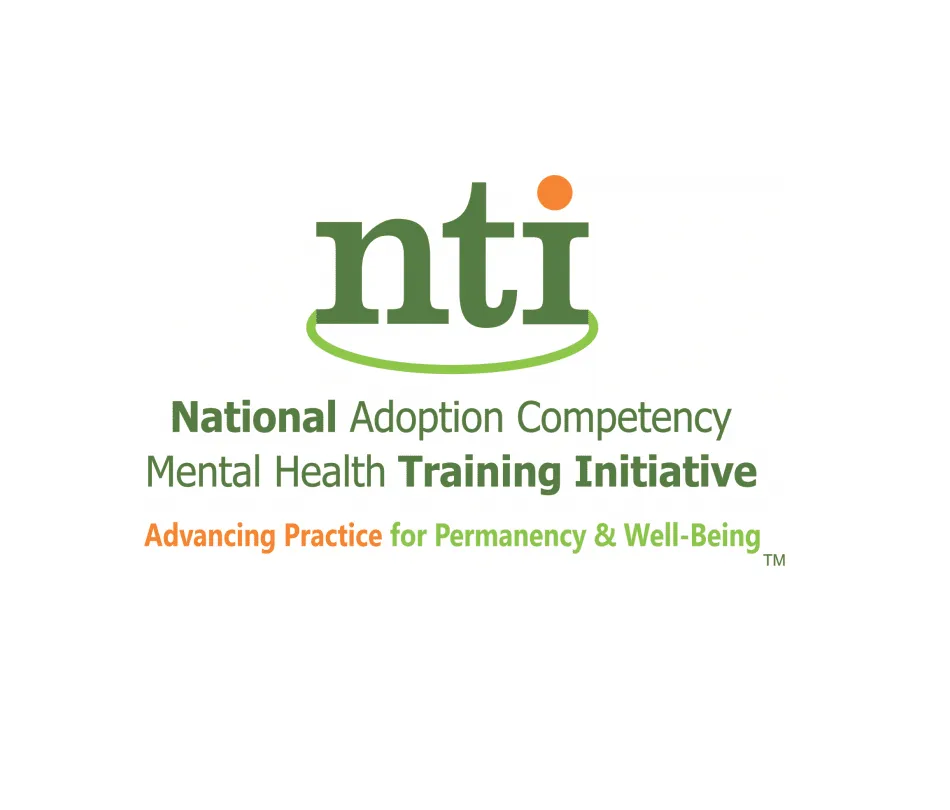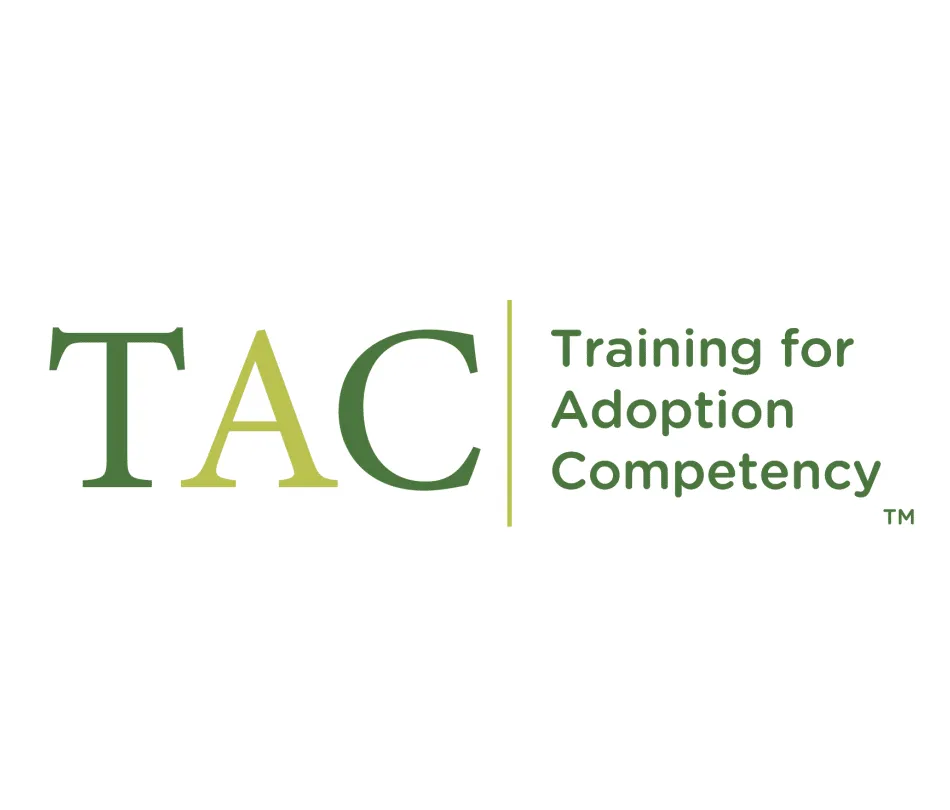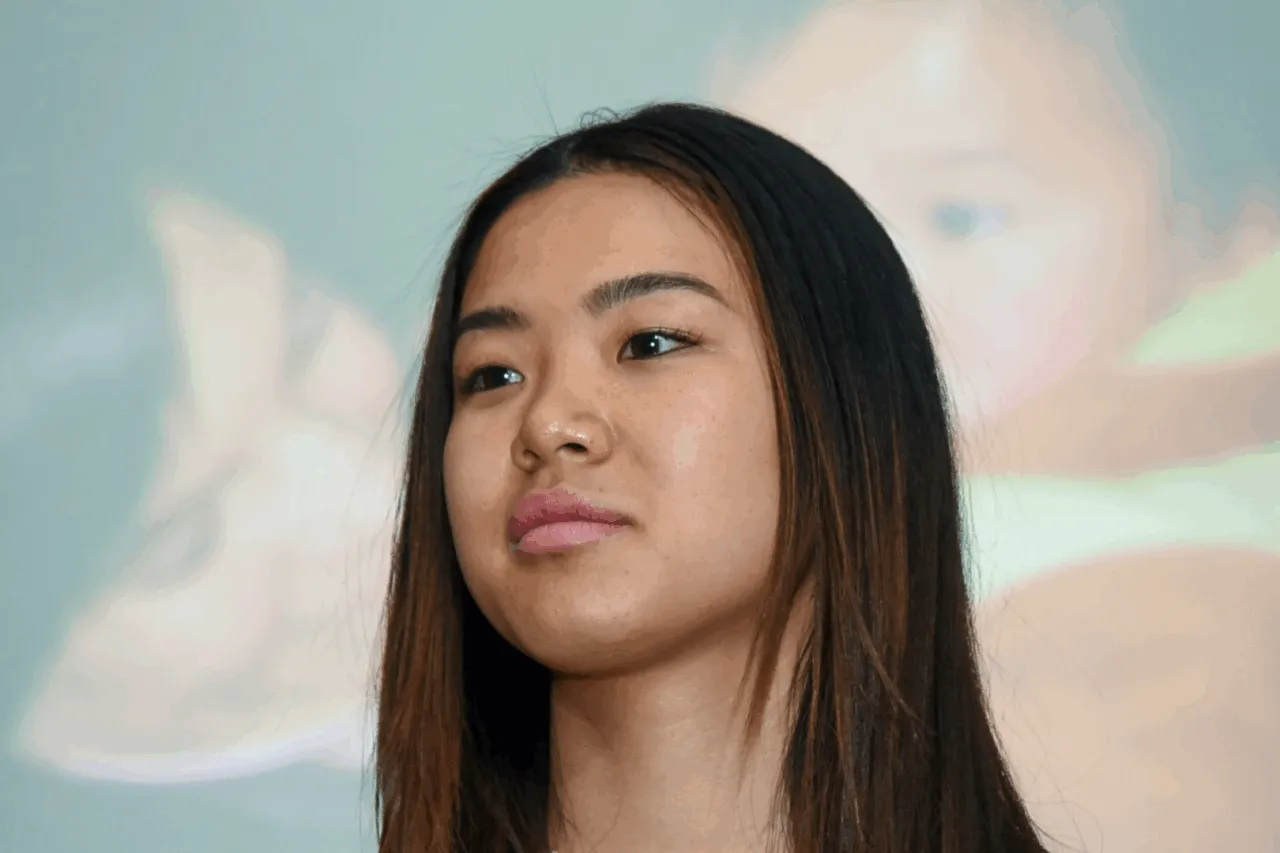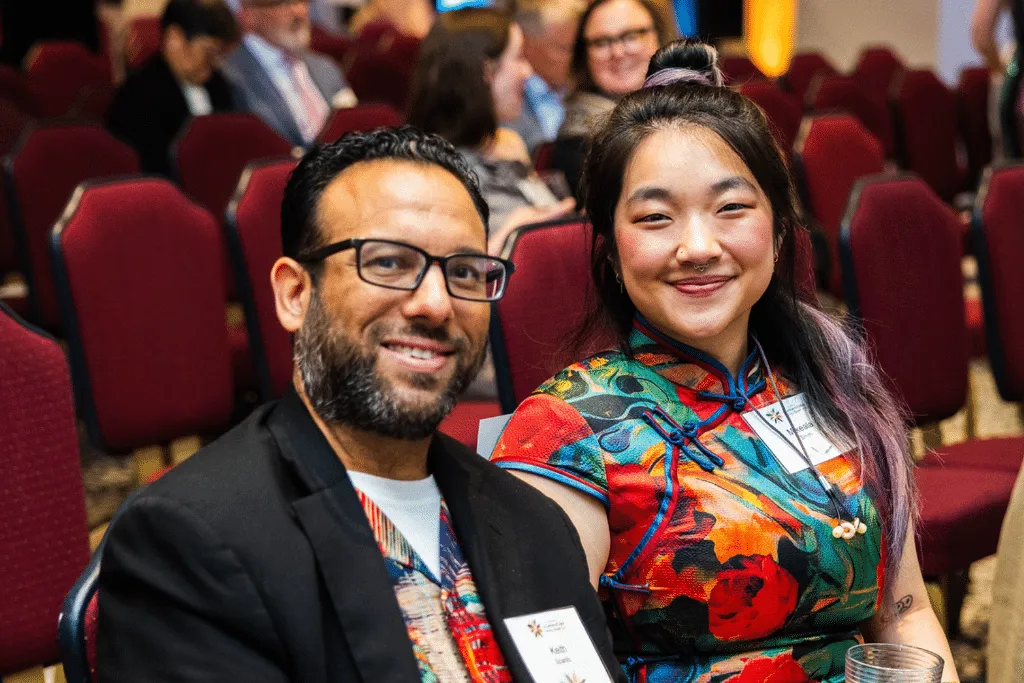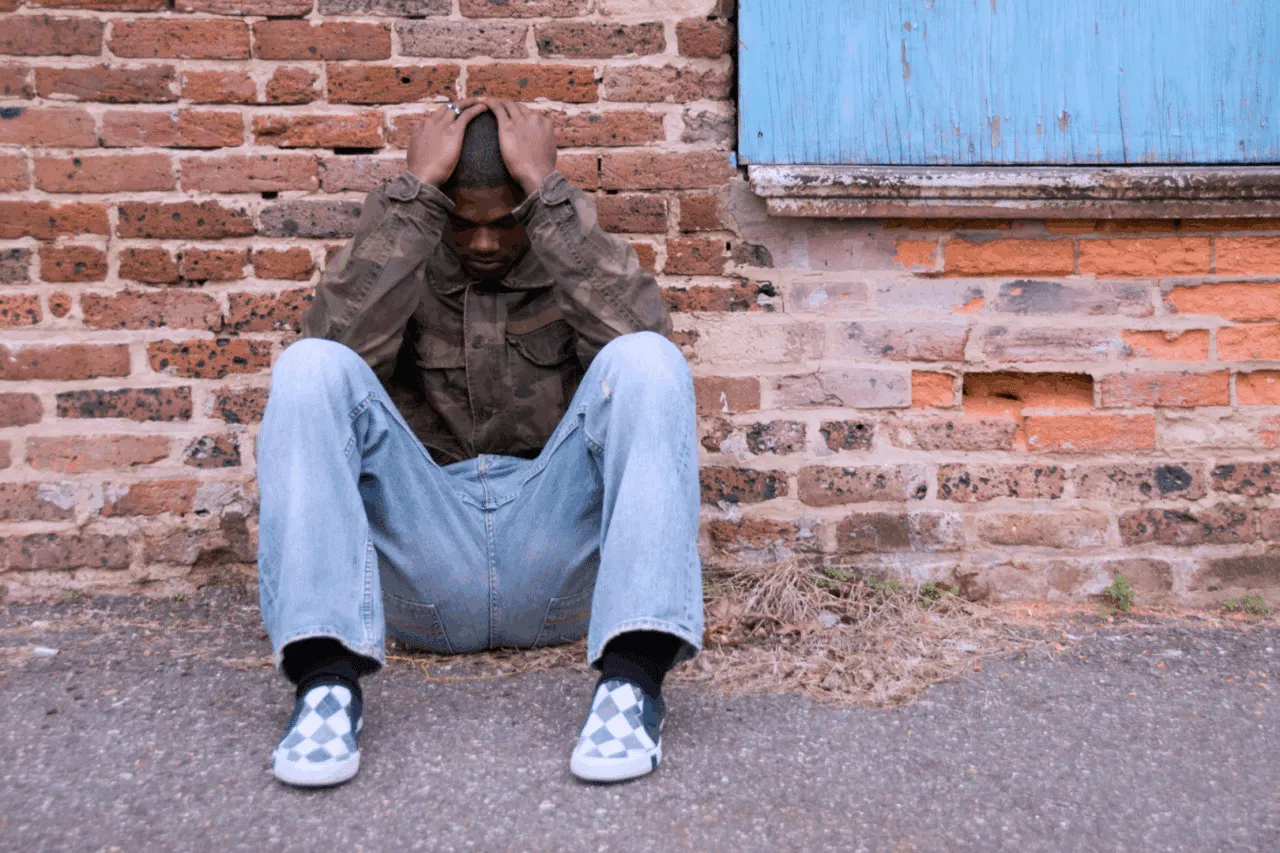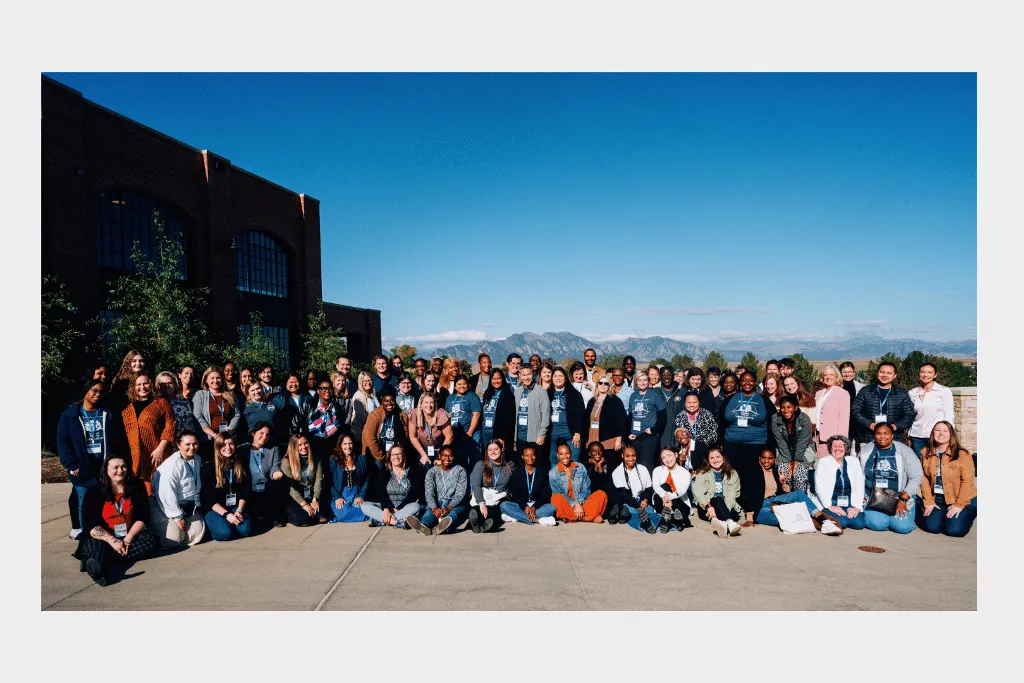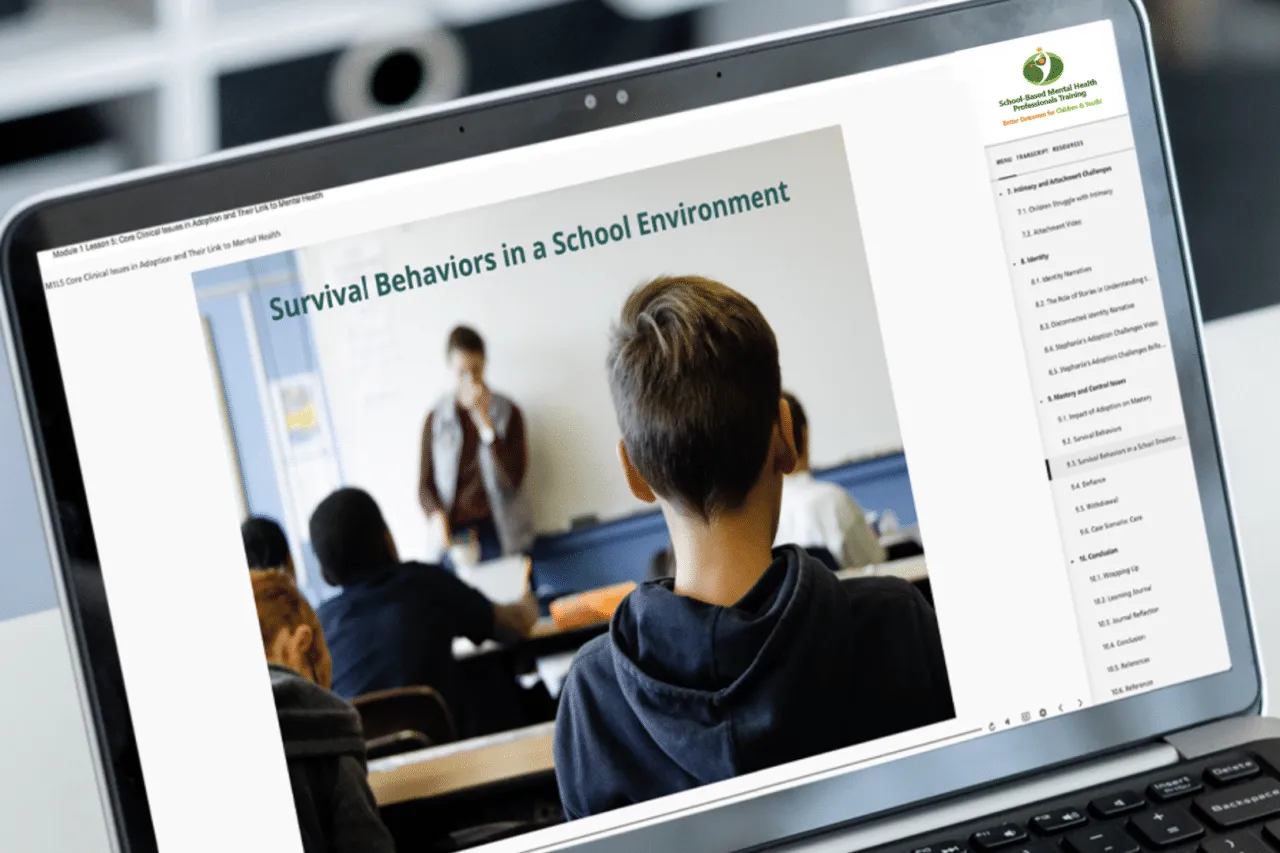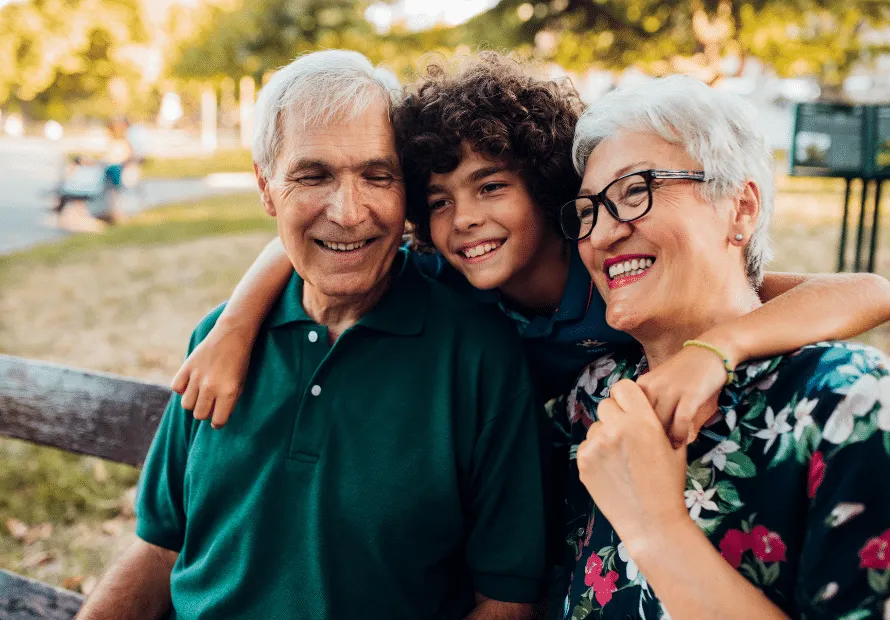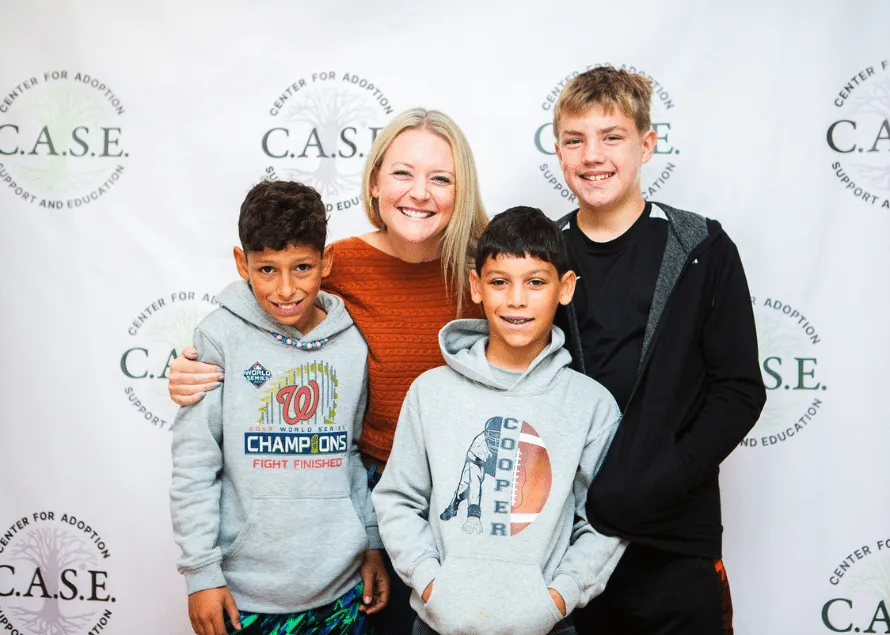Jewish in America: A Story Woven Through History, Heritage + Adoption
Jewish in America: A Story Woven Through History, Heritage + Adoption
May is Jewish American Heritage Month. Since the first proclamation in 2006 by President George W. Bush in cooperation with Sen. Arlen Specter (R-PA) and the Jewish Museum of Florida and the South Florida Jewish Community. Annual proclamations have since been made by Presidents Bush, Obama, Trump, and Biden.
In his remarks at a reception honoring Jewish American Heritage Month, President Obama said:
“This month is a chance for Americans of every faith to appreciate the contributions of the Jewish people throughout our history –- often in the face of unspeakable discrimination and adversity. For hundreds of years, Jewish Americans have fought heroically in battle and inspired us to pursue peace. They’ve built our cities, cured our sick. They’ve paved the way in the sciences and the law, in our politics and in the arts. They remain our leaders, our teachers, our neighbors and our friends. Not bad for a band of believers who have been tested from the moment that they came together and professed their faith. The Jewish people have always persevered. And that’s why today is about celebrating the people in this room, the thousands who came before, the generations who will shape the future of our country and the future of the world.”
The History of Jewish Americans
The Jewish people have been part of the fabric of America since the first Jews arrived in New Amsterdam in September of 1654. They were a group of 23 Sephardic Jews fleeing persecution by the Portuguese Inquisition. This small community founded Congregation Shearith Israel which remains to this day the oldest Jewish Congregation in the United States.
By 1700, the number of Sephardic Jews grew to between 200 and 300. Immigration from Central and Eastern Europe continued to rise, and by 1720, Ashkenazi Jews predominated in the colonies. In the early 1800’s, Jews joined the movement westward, and new Jewish communities were established across the country. The first Jewish religious services were conducted in the fall of 1819 during the High Holidays in Cincinnati, Ohio, the oldest Jewish community in the Midwest.
By the late 1800’s, in response to the rise of anti-semitic laws overseas, the United States saw mass Jewish immigration from Russia, Germany, Poland and parts of Eastern Europe. Immigration through Ellis Island and the New York harbor where the Statue of Liberty raises her torch, reached its peak from 1880 to 1954.
From 1933 to 1941, at least 110,000 Jewish refugees escaped to the United States from Nazi-occupied territory as World War II ramped up. However, hundreds of thousands who applied to immigrate were unsuccessful due to America’s strict immigration laws before the US entered the war.
From the Holocaust Museum website:
Many who sought a safe haven from persecution during the 1930s and 1940s found their efforts thwarted by the United States’ restrictive immigration quotas and the complicated, demanding requirements for obtaining visas. Public opinion in the United States did not favor increased immigration, resulting in little political pressure to change immigration policies. These policies prioritized economic concerns and national security.
Assimilating to American Society
Not unlike other immigrant groups, the Jewish people were the target of discrimination as they took their place in American society. However, as they have assimilated along with other immigrant groups, they continue to endure the stain of antisemitism, which emerges periodically in concert with world events.
Still, the Jewish people are resilient, and they continue to make meaningful contributions to society, in science, law, academia, politics, the arts, business, and finance. They have been in the forefront of the movements for social justice, civil rights, women’s rights and other social movements, securing their place in American history. The United States has the largest Jewish community in the world, after Israel. As of 2020, the American Jewish population is estimated at 7.5 million people, accounting for 2.4% of the total US population.
Because Jews from different parts of the world emigrated to America, the Jewish experience in the United States encompasses a wide range of Jewish cultural traditions and religious observances. Being Jewish in America is as unique an experience as the many individuals in the Jewish community.

Rachel’s Story
For me, Judaism doesn’t come from all that history running through my blood. Judaism, for me, began because of adoption. My Jewish-American parents adopted a baby from Chile, an extremely Catholic country. I came to America and was quickly converted to Judaism when I was “dipped in the mikvah,” a pool of water used for religious purification and cleansing. With my Catholicism rinsed away, I began my life as a Jew.
My experience being Jewish in America as a Latina has been interesting, to say the least. I’ve been told I’m not a “real Jew” by peers in my Jewish community, and I’ve been asked “HOW?!?” when I share with my Latino community that I’m Jewish. During my reunion process with my biological family, I’ll never forget my birth mother’s gasp when I told her I was Jewish…
“Esta JUDIO, mi amor?!” (“You are JEWISH, my love?”) she asked. She didn’t seem angered or upset, just surprised.
I grew up celebrating all the Jewish holidays and watching my grandfather “daven” (pray) every morning. He wrapped himself in “tefillin,” black leather straps connecting prayer boxes from his head to his hand as I looked on. He never missed this ritual, a testament to his Orthodox upbringing.
At 13, I became a Bat Mitzvah with a coming-of-age ceremony followed by an extravagant celebration. The experience of becoming Jewish sparked my interest in exploring other religions as a young adult. I met with pastors, priests, monks, and missionaries and asked them all types of religious questions. I was fascinated by their various answers, and the range of religious interpretations. After everything I learned in this journey of religious curiosity and questioning, I found Judaism made the most sense to me.
As an adult, I no longer struggle with the same religion identity issues that I felt as an adolescent. My religion now feels like something I have chosen for myself, rather than something that was chosen for me without my consent. I take a lot of pride in the uniqueness of my journey to Judaism, and I hope to make valuable impacts at the intersections of the Jewish, Latino, and adoption communities.
